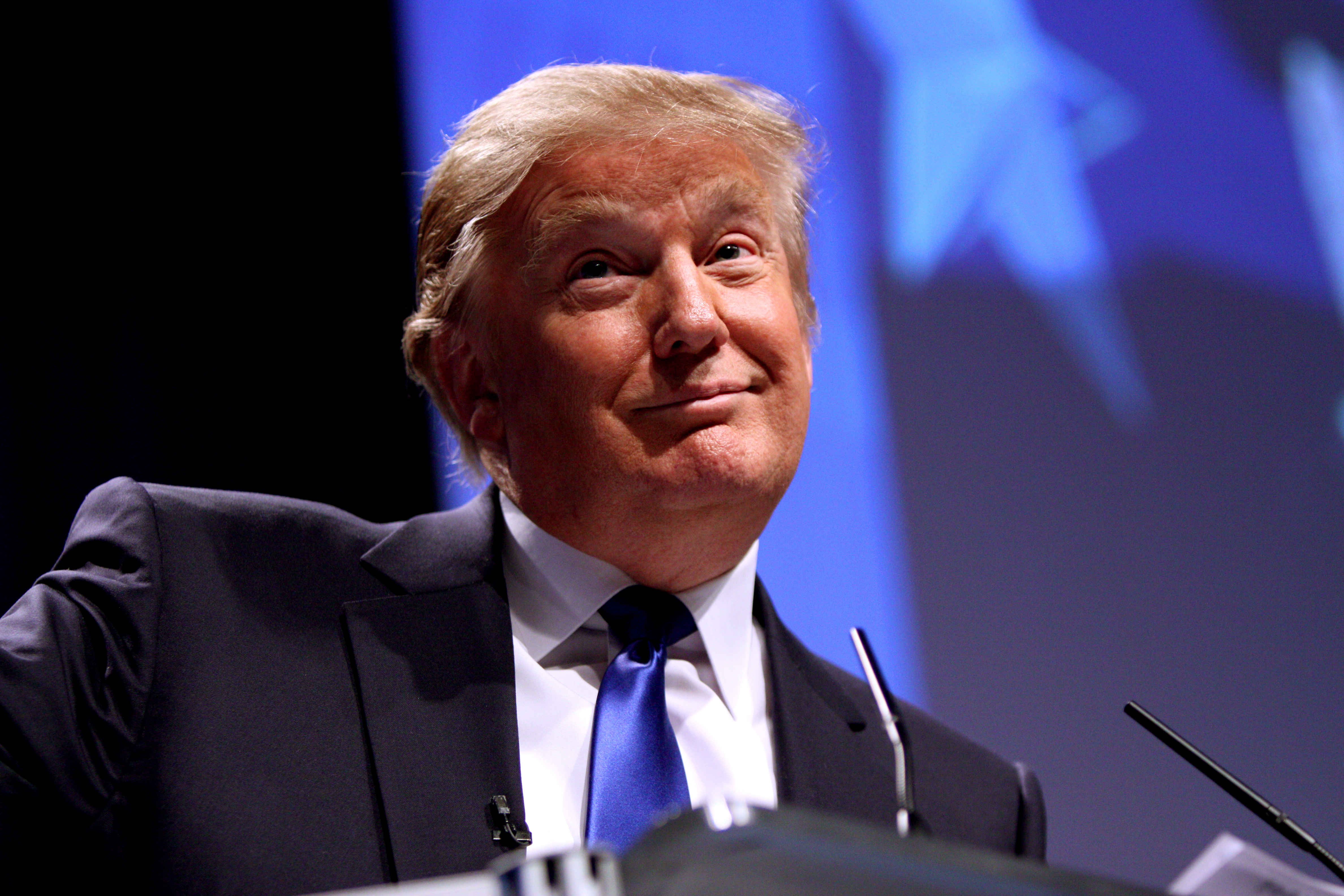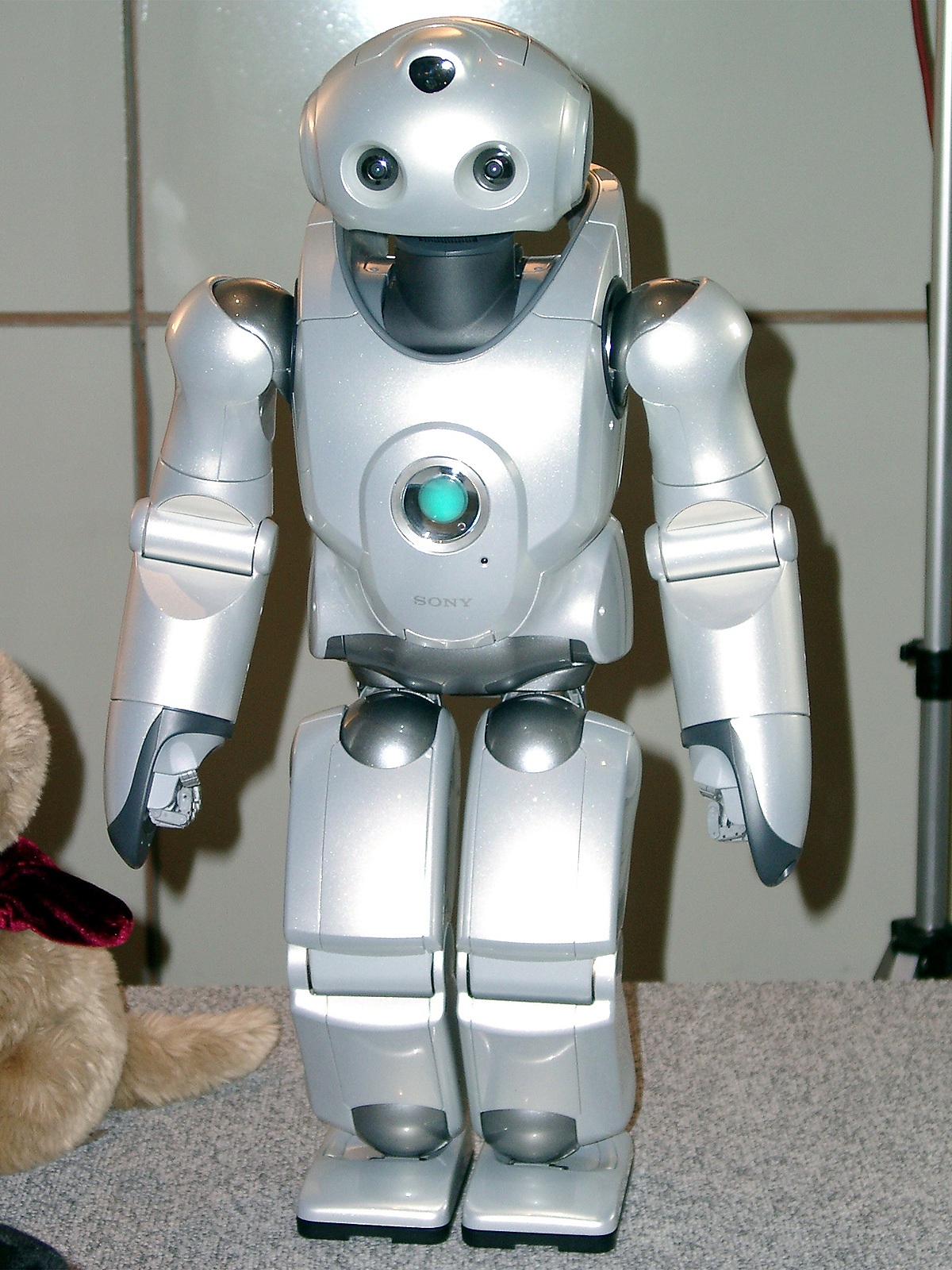As I write in the book: “The United States is the biggest economy in the world. It accounts for nearly one-fourth of the world’s GDP. By virtue of this, it is also the world’s biggest market, where China, Japan, and countries from South-East Asia could sell their goods and earn dollars in the process. It is also the world’s biggest consumer of oil and consumes nearly a fourth of the global oil production. This meant that oil-rich states like Saudi Arabia could sell oil to it and thus earn dollars in the process.
So, the United States imported, and countries like China, Japan, Saudi Arabia, and other countries in Asia earned dollars in the process. These dollars were then invested in treasury bonds… as well as the private sector. With so much money chasing these American financial securities, the issuers of these securities could in turn offer low rates of interest on them.
This meant that the prevailing interest rate scenario in the United States remained low despite a high budget deficit. This allowed citizens to borrow money at low interest rates and buy homes. It also allowed them to encash the equity in their homes and spend it on consuming other goods. So, the Americans could buy cars from Japan, apparel and electronics from China and so on.
And so the cycle worked. The United States shopped, China earned, China invested back in the United States, the United States borrowed, the United States spent, China earned again and China lent money again. The same was true with Japan, though to a lesser extent.
The way this entire arrangement evolved had the structure of a Ponzi scheme. A Ponzi scheme is essentially a financial fraud wherein the money that is due to older investors is repaid by raising fresh money from newer investors. The scheme keeps running while the money brought in by the new investors is greater than the money that needs to be repaid to the older investors. The moment this reverses, the scheme collapses.
The entire US-China-Japan arrangement was like that. The Chinese invested money in various kinds of American financial securities, which helped keep interest rates low in the United States. This helped Americans to consume more. The money found its way back into China (like a return on a Ponzi scheme) and was invested again in various kinds of American financial securities, again helping keep interest rates low and the consumption going. Like in a Ponzi scheme, the dollars earned by China and other countries kept coming back to the United States. This arrangement… kept interest rates low.”
What the American President Donald Trump proposes to do threatens this global Ponzi scheme. Before we come to the specifics of this, let’s take a look at Figure 1. It shows the trade deficit that the United States has run with China, over the last three decades.
The trade balance is essentially the difference between the imports and the exports of any country. If the trade balance of a country is in negative territory, it is said to run a trade deficit, which the United States does. Specifically, the United States runs a trade deficit with China i.e., it’s imports from China are significantly greater than its exports to China. Also, over the last three decades the trade deficit that United States has run with China has exploded.
Figure 1:
Take a look at Figure 2. It shows the trade deficit that the United States has run with the world at large, over the last three decades.
Figure 2: The Figure 2 shows that the trade deficit that the United States runs with the world at large has fallen in the aftermath of the financial crisis. This essentially means that the difference between what the United States is importing from the world and what it is exporting to the world, has come down.
The Figure 2 shows that the trade deficit that the United States runs with the world at large has fallen in the aftermath of the financial crisis. This essentially means that the difference between what the United States is importing from the world and what it is exporting to the world, has come down.
Now take a look at Figure 3. It basically combines Figure 1 And Figure 2. What does it tell us?
Figure 3: It tells us that the trade deficit that the United States runs with China, makes up for a greater proportion of the overall trade deficit, than it did before. In 2015, the trade deficit with China made up for 73.4 per cent of the overall trade deficit. In comparison, in 2000, the figure was just at 22.5 per cent.
It tells us that the trade deficit that the United States runs with China, makes up for a greater proportion of the overall trade deficit, than it did before. In 2015, the trade deficit with China made up for 73.4 per cent of the overall trade deficit. In comparison, in 2000, the figure was just at 22.5 per cent.
Given that the United States runs a trade deficit with China as well as the world, countries earn dollars from it. These dollars then find their way back into the United States and get invested in financial securities and in the process help keep interest rates low in the United States.
The new American President Donald Trump, who took over earlier this month, wants to bring down this trade deficit that the United States runs with China in particular and the world in general. As I had discussed in the column dated January 23, 2017, this is one of the plans that Trump has, to make the United States of America great again.
As Peter Navarro, an economist known to be close to Trump, and who served as a policy advisor to the Trump campaign, puts it: “Trump proposes eliminating America’s $500 billion trade deficit through a combination of increased exports and reduced imports.” The trade deficit of the United States in 2015 stood at $500.4 billion.
So how does Trump plan to bring down imports? As his website puts it: “[He plans to direct] the Secretary of Commerce to identify every violation of trade agreements a foreign country is currently using to harm our workers, and also direct all appropriate agencies to use every tool under American and international law to end these abuses.”
Trump also plans to: a) Instruct the Treasury Secretary to label China a currency manipulator. b) Instruct the U.S. Trade Representative to bring trade cases against China, both in this country and at the WTO. China’s unfair subsidy behaviour is prohibited by the terms of its entrance to the WTO. c) Use every lawful presidential power to remedy trade disputes if China does not stop its illegal activities, including its theft of American trade secrets – including the application of tariffs consistent with Section 201 and 301 of the Trade Act of 1974 and Section 232 of the Trade Expansion Act of 1962. (Source: https://www.donaldjtrump.com/policies/trade)
Trump plans to impose import duties (i.e., tariffs) in order to ensure that the cheap Chinese imports into the United States, no longer remain cheap. CNN reported in late December 2016: “President-elect Donald Trump’s transition team is discussing a proposal to impose tariffs as high as 10% on imports, according to multiple sources.”
The question is why does Trump want to do this? I will just come to that.
On a recent visit to Baltimore I had the pleasure of listening to the famous economist Richard Duncan. Duncan’s book The Dollar Crisis has had a tremendous impact on the way I looked at the international financial crisis, in my Easy Money books. As Duncan put it: “President-elect Trump [Duncan was talking before Trump took over as President] believes the US trade deficit has been responsible for the loss of manufacturing jobs in the United States and the downward pressure on US wages that has occurred over the last several decades.”
The question is what will be the repercussions if Trump and his associates do go about doing what they have proposed. My sense is it will lead to the unravelling of the global Ponzi scheme, which I talk about at the beginning of this piece. And in the process, nobody will be better off.
In fact, take a look at Figure 4, which maps America’s imports and exports since 1990.
Figure 4: One look at Figure 4 tells us that the import curve and the export curve closely map each other. What does that tell us? It tells us that the dollars earned by the countries which export goods and services to the United States (essentially imports for the United States), are used to buy goods and services being exported by the United States. As Duncan puts it: “Over the past 35 years, that deficit has become THE driver of global economic growth. In fact, the entire global economy has been constructed around unbalanced trade.” So, what will happen if Trump makes it difficult for the United States to import stuff from China and other parts of the world, as he has promised to do? If the American imports come down, so will its exports primarily because other countries won’t have the dollars required to import stuff from the United States. Also, with both imports as well as exports shrinking, the American trade deficit may not shrink.
One look at Figure 4 tells us that the import curve and the export curve closely map each other. What does that tell us? It tells us that the dollars earned by the countries which export goods and services to the United States (essentially imports for the United States), are used to buy goods and services being exported by the United States. As Duncan puts it: “Over the past 35 years, that deficit has become THE driver of global economic growth. In fact, the entire global economy has been constructed around unbalanced trade.” So, what will happen if Trump makes it difficult for the United States to import stuff from China and other parts of the world, as he has promised to do? If the American imports come down, so will its exports primarily because other countries won’t have the dollars required to import stuff from the United States. Also, with both imports as well as exports shrinking, the American trade deficit may not shrink.
Nevertheless, a fall in American imports would mean a fall in global demand and in the process the global economy will shrink. As Duncan puts it: “At this point, the attempt to eliminate the US trade deficit could very easily cause the global economy to collapse into a new Great Depression.” Things could go particularly bad for China. In 2015, the United States ran a trade deficit of $367.2 billion with China. This meant a trade deficit of around a billion dollars per day.
As Duncan puts it: “If the US eliminates its $1 billion a day trade deficit with China, China’s economy could collapse into a depression that would severely impact all of China’s trading partners, and potentially lead to social instability within China and to military conflict between China, its neighbors and the US.”
Further, eliminating imports from low-wage countries would mean that the consumer price inflation will rise in the United States. This will lead to higher interest rates.
We live in a world, where easy money available at low interest rates from the United States, has been invested in financial markets all over the world. And if interest rates start rising in the United States, it won’t be good news for financial markets all over the world.
The column originally appeared on www.equitymaster.com on January 31, 2017.



